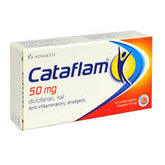featured Adenoidectomy
On by ZimSeller Pharmacy 0 comments
Acute respiratory distress syndrome
On by ZimSeller Pharmacy 0 comments
Acute pancreatitis
On by ZimSeller Pharmacy 0 comments
Acute myeloid leukaemia
On by ZimSeller Pharmacy 0 comments
Acute lymphoblastic leukaemia
On by ZimSeller Pharmacy 0 comments
Acute kidney injury
On by ZimSeller Pharmacy 0 comments
Acute cholecystitis
On by ZimSeller Pharmacy 0 comments





















